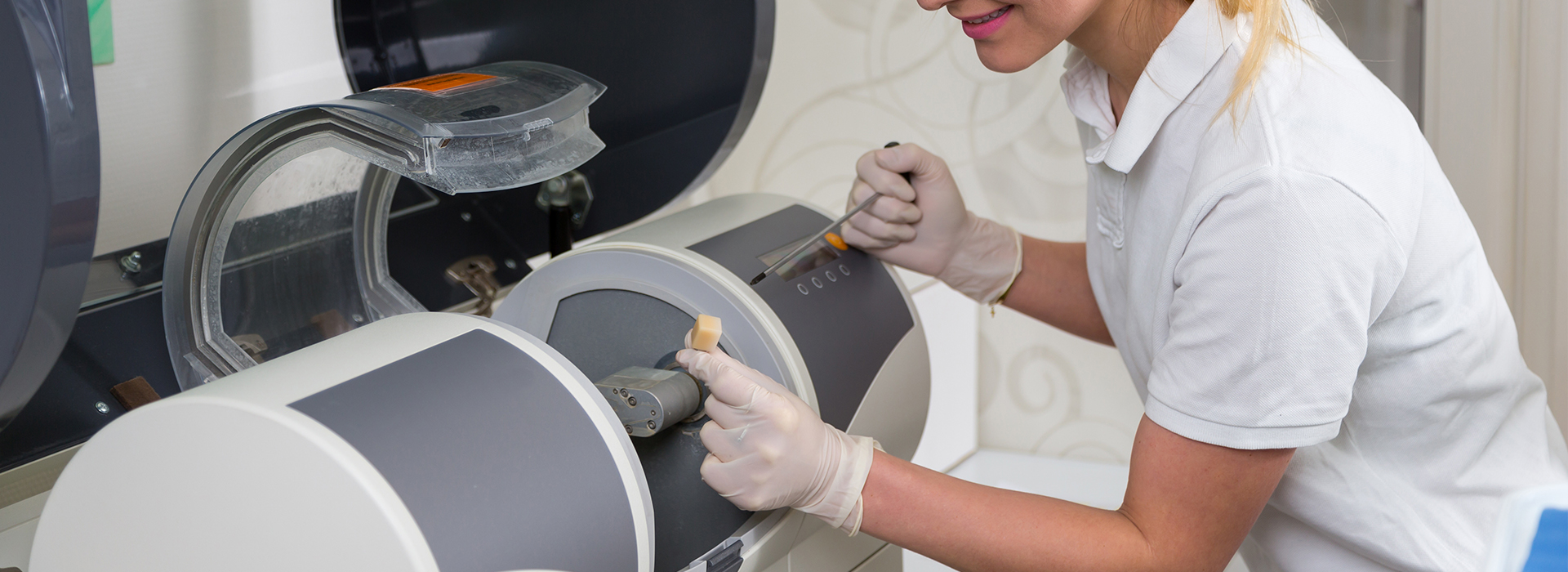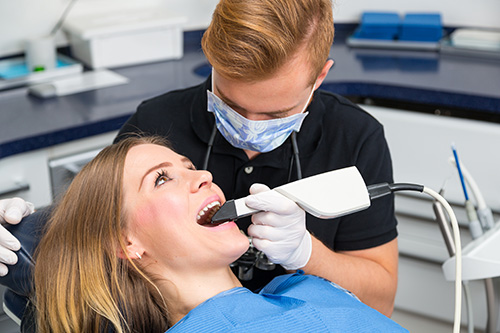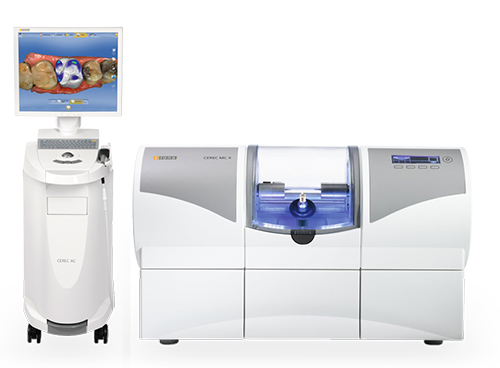What CEREC Means for Your Visit
CEREC® represents a digital approach to creating ceramic restorations right in the treatment room. Rather than relying on traditional impressions and off-site fabrication, CEREC uses an intraoral scanner, computer-aided design (CAD) software, and an on-site milling unit to produce crowns, inlays, and onlays during a single appointment. For patients, that translates to fewer returns to the office and a streamlined experience that keeps most of the restorative work under one roof.
The system emphasizes precision. High-resolution 3D scans capture the shape of the prepared tooth and surrounding teeth in detail, and the CAD software lets the dentist plan the restoration with careful attention to fit, bite, and aesthetics. Because the digital model drives the milling process, the finished restoration often requires minimal adjustment in the chair, reducing time spent in the dental chair for both shaping and fitting.
Beyond convenience, CEREC aims to enhance comfort. Scanning typically replaces messy impression materials and eliminates the need for temporary restorations in many cases. That combination of accuracy and comfort makes CEREC an appealing option for patients who want reliable, natural-looking results without the inconvenience of repeated visits.






